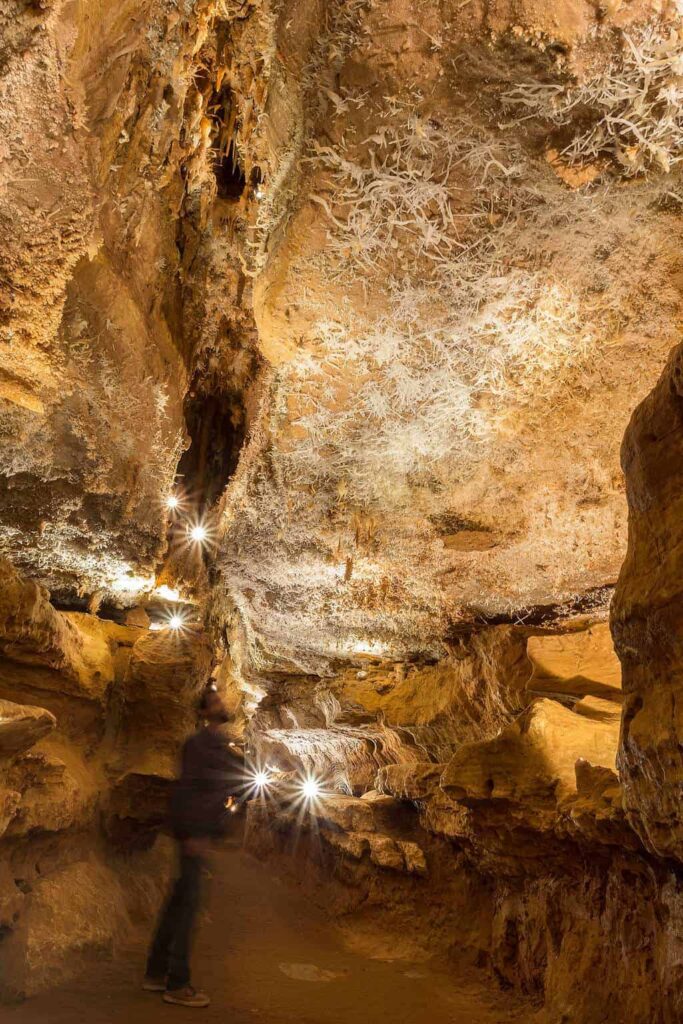
Often, when visiting the decorated caves of the Vézère Valley, one is truly in awe of the works produced and even more so of the ingenious use of the materials available. THE ART OF CRO MAGNONĬro Magnon is one of the first artists of humanity. More generally, the Vézère Valley, one of the cradles of humanity, offers a multitude of prehistoric sites. The prehistoric masterpieces of the Vézère Valley in Dordogne-Périgord can be seen on the sites of the Montignac-Lascaux International Centre for Cave Art and the Parc du Thot.

In order to allow all the public to admire the masterpieces of prehistory, an identical reconstruction of the Lascaux site has been undertaken (same paintings, same techniques, same pigments.) It is the International Centre of Cave Art of Montignac-Lascaux. There, with only a lamp as lighting, they were the first to have before their eyes the paintings left by our Cro-Magnon ancestors. The four young men enlarged the hole and managed to slip inside.

He returned to the site on 12 September with Georges Agniel, Simon Coencas and Jacques Marsal. In September 1940, Marcel Ravidat discovered a hole in the hill of Lascaux. The cave is closely monitored to preserve the UNESCO World Heritage Site. The continuous flow of visitors (1500/day) and the carbon dioxide and human breath began to degrade the prehistoric paintings in the decorated cave. The Lascaux cave (not the Lascaux caves) was discovered in 1940 by four teenagers from Montignac-Lascaux in the Vézère valley in the Dordogne-Périgord department.Īfter the war, Lascaux was open to the public for many years until it was closed in 1963. The Dordogne Valley is ideal for nature lovers with an endless choice of hiking, biking and riding tracks in unspoilt countryside.Lascaux IV - International Centre of Cave Art. The Dordogne Valley proudly owns a stunning cultural heritage and some of the prettiest sites in France, including the mighty fortress of Castelnau-Bretenoux and the Renaissance castle ofĪlso not to be missed are the impressive Tours de Merle, some medieval towers that look like a set from Game of Thrones. Another must-see is The Gouffre de Padirac, the biggest chasm inĮurope and a fascinating boat journey into a magical underground world, 103 metres under the surface. The caves of Lascaux contain some of the most terrific examples of Paleolithic art in Europe. With its limestone plateaus, the region is also home to an infinite number of cliff dwellings and adorned with extraordinary stalactites, stalagmites and prehistoricĭrawings. Holds the renowned statue of the Black Virgin, worshiped here for over a millenium. The basilica Saint-Sauveur and the crypt Saint-Amadour are both listed as UNESCO World Heritage sites and the chapel of Miracles Great pilgrimage site since the Middle Ages.

Spectacularly clinging to the cliff, Rocamadour is situated on the Way of Saint James and has been a With its cobbled streets, manors, artisan shops, cafés and restaurants, it seems to glow in the evening sun.Īt the heart of the Dordogne Valley stands the sacred city of Rocamadour. The Dordogne Valley boasts no less than 5 of the « Most Beautiful Villages in France », including Collonges-la-Rouge, a fairy-tale like villageīuilt entirely in red sandstone. From cave paintings to Roman occupation, or from the Hundred Years War to the Renaissance, all have shaped the landscape you see

The Dordogne Valley retains many traces of its historic past. Of Biosphere Reserves, a prestigious recognition for an environment of exceptional quality. It is the only river in France to be part of the UNESCO World Network Of the Dordogne river provide lots of fun activities including swimming and canoeing. With its fascinating cultural heritage and beautifully preserved natural environment, the Dordogne Valley has it all.


 0 kommentar(er)
0 kommentar(er)
